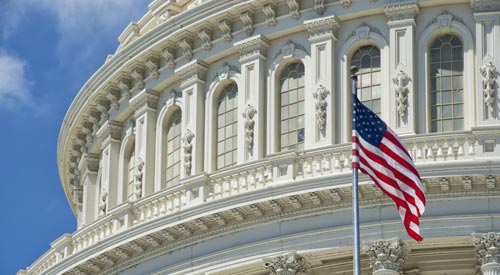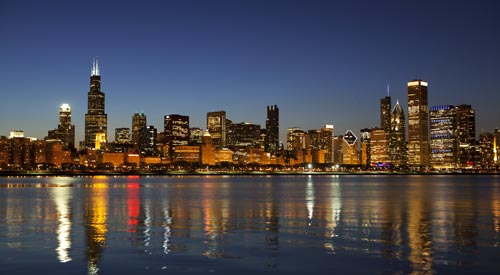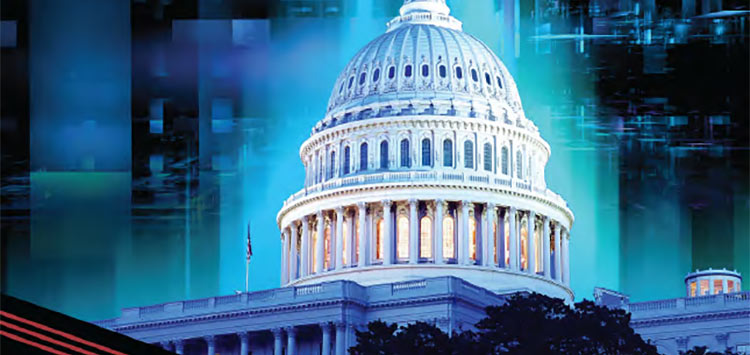The Unlikely Comeback of Cap and Trade
Governing: Fifteen years ago, New York Gov. George Pataki sent letters to nine fellow governors in the Northeast and Mid-Atlantic, inviting them to join a bipartisan alliance aimed at fighting global climate change. Pataki was promoting a cap-and-trade system, a regulated market that would limit the amount of carbon dioxide power plants could emit and provide financial incentives for cutting emissions over time.
Cap and trade has had its ups and downs since then, and it’s all but dead right now at the federal level. But it has more life than ever in the states. Nine of the 10 states that signed up with the Regional Greenhouse Gas Initiative (RGGI) -- the eventual result of Pataki’s pitch -- in 2007 continue to follow it today. Connecticut, Delaware, Maine, Maryland, Massachusetts, New Hampshire, New York, Rhode Island and Vermont are all active participants. Carbon dioxide emissions from power plants in these member states fell 51 percent between 2005 and 2016. At the same time, the states generated more than $2.6 billion in revenue from quarterly auctions of so-called allowances that power plants must buy to offset their emissions.
Tags
Share
Top Stories
- Energy Department wants national labs to drive regional innovation
- How solar surge saved Europe from the energy crisis
- Study: Puerto Rico should go solar to meet clean energy goal
- The Federal Government Can Use Its Buying Power to Help the Environment and Save Taxpayers Money
- EVs, Building Emissions Among Biden’s Sustainable Energy Priorities
- Deploying Clean Energy Tech Depends on Cost Efficiency, Officials Say
- National Labs to Receive $1.5B Funding Boost
- Solar, telecom rollouts offer lessons for mass EV charging station deployments
- EPA to strengthen proposed rule on methane emissions from oil, gas
- Getting to ‘Net-zero’ Emissions: How Energy Leaders Envision Countering Climate Change in the Future
- Tech Wanted: Government Calls on Industry to Help with Net-Zero Carbon Buildings
- EPA Calls Out Environmental Racism in Louisiana’s Cancer Alley
- Hawaii to U.S. Navy: Quit Polluting Our Waters
- Climate-Based Trainings and Performance Plans Are Coming for Federal Employees
- Infrastructure permitting reform plan blocked in Senate
- Hydro-Québec’s radical but careful digital transformation could be a model for utilities everywhere
i360Gov Newsletters
The most significant government policy, business, and technology news and analysis delivered to your inbox.
Subscribe NowTrending
- Solar, telecom rollouts offer lessons for mass EV charging station deployments
- Tech Wanted: Government Calls on Industry to Help with Net-Zero Carbon Buildings
- Energy Asks for New R&D in Critical Materials for Clean Energy
- Hydro-Québec’s radical but careful digital transformation could be a model for utilities everywhere
- California sets ‘ambitious’ offshore wind goal of up to 5 GW by 2030
- TSA revises cyber rules for pipelines
- Energy Awards Over $540 Million for Green Tech Research
- National Labs to Receive $1.5B Funding Boost


















